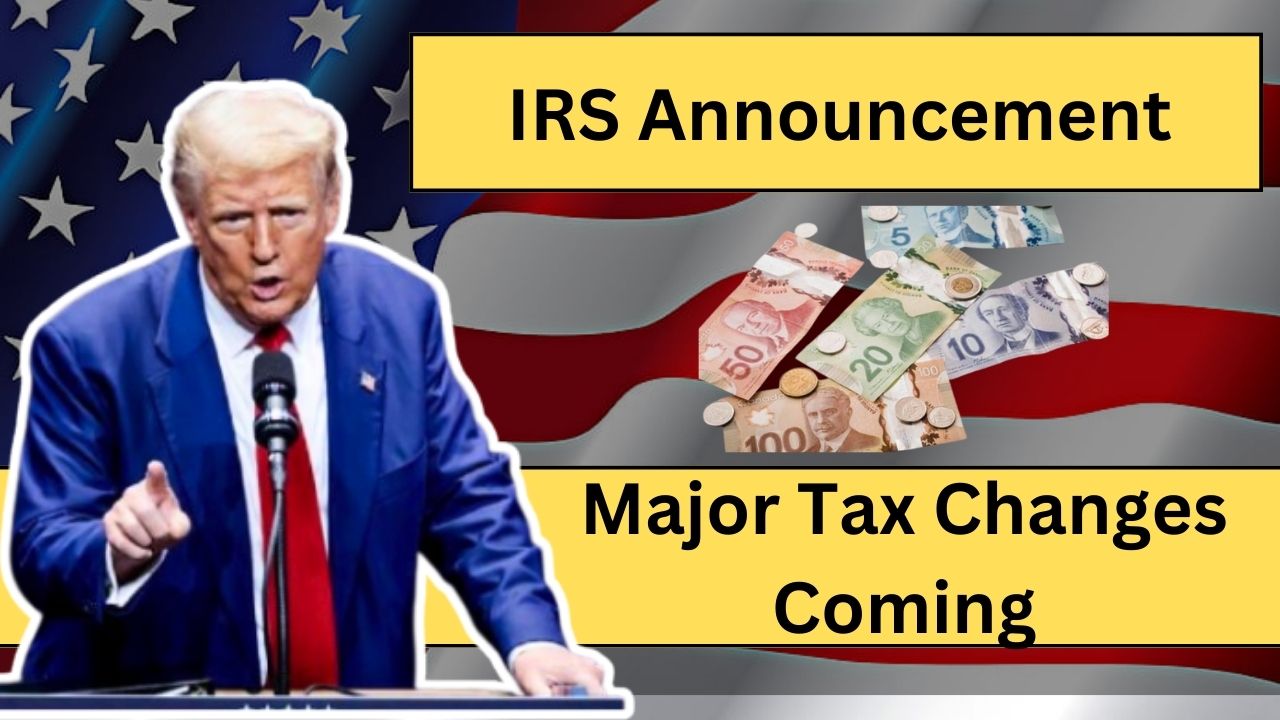Did you know a simple Bicentennial Quarter in your pocket could be worth thousands? These 1976 coins, celebrated for the U.S. Bicentennial, hold surprising value—especially rare variants. Here’s a guide to spotting these treasures.
Why Are Bicentennial Quarters Valuable?
The U.S. Mint created Bicentennial Quarters with a dual-date “1776–1976” to mark 200 years of independence. While most are worth face value, some rare versions—like error coins or silver proofs—fetch up to $50,000! Factors like rarity, condition, and unique features contribute to their value.
5 Tips to Spot Rare Bicentennial Quarters
1. Look for Error Coins
Error coins are production mistakes, making them highly collectible. Key errors include:
- Double Die Obverse: A doubled image on the front, worth $25,000–$50,000.
- Clad Layer Errors: Missing or incomplete outer metal layers, revealing copper cores, valued at $10,000–$30,000.
2. Check for Silver Composition
Most Bicentennial Quarters are made from copper and nickel. However, special 40% silver versions exist. These can sell for $5,000–$10,000. A professional appraisal can confirm their metal content.
3. Examine the Reverse Design
The Type 1 reverse features bold, blocky letters. While common, high-grade examples (MS-65 and above) are worth $500–$5,000. Look closely—tiny details matter!
4. Find Satin or Proof Finishes
Some coins were minted for collectors:
- Satin Finish: Smooth, non-reflective coins, valued at $1,000–$5,000.
- Proof Coins: Mirror-like finishes that shine, fetching $1,000–$3,000.
5. Inspect Coin Grades
Higher grades (like MS-65+) significantly boost value. Grading services like PCGS or NGC can evaluate your coin’s condition. Even slight wear reduces value, so store rare finds carefully.
Bicentennial Quarter Variants and Values
| Variant | Rarity Level | Estimated Value | Special Feature |
|---|---|---|---|
| Double Die Obverse | Very Rare | $25,000–$50,000 | Doubling Effect |
| Silver Composition | Rare | $5,000–$10,000 | 40% Silver Content |
| Clad Errors | Very Rare | $10,000–$30,000 | Missing Outer Layer |
| Proof Version | Rare | $1,000–$3,000 | Mirror-Like Finish |
| Satin Finish | Rare | $1,000–$5,000 | Smooth, Non-Reflective Appearance |
FAQs
How can I identify a valuable Bicentennial Quarter?
Start by checking for errors, finishes, or silver content. Grading services can confirm its rarity and value.
Are all Bicentennial Quarters valuable?
No. Most are worth their face value. Rare versions like errors, silver, or proofs hold significant value.
Where can I sell my rare quarter?
Sell your coin via auctions, online dealers, or collector groups. Ensure it’s appraised and graded first.
Conclusion
Rare Bicentennial Quarters could be hiding in your change. Look for errors, unique finishes, and silver versions. These coins aren’t just collectibles—they’re valuable assets! Keep an eye out—you might be holding a fortune without even knowing it.
I Work as a Content Writer and I like Writing Articles




